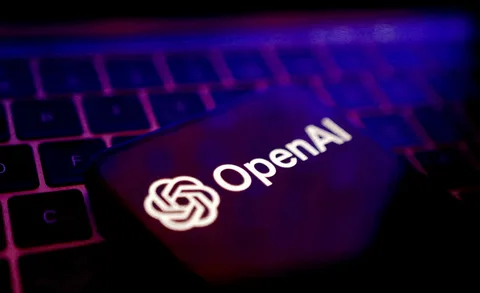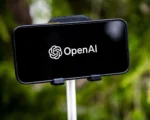OpenAI is on the verge of a significant transformation as it seeks a $150 billion valuation in its latest financing round. The funding, expected to be around $6.5 billion, may hinge on substantial changes to the company’s corporate structure, including the potential removal of profit caps for investors. This restructuring reflects OpenAI’s evolution from a research-focused non-profit to a high-value enterprise aiming for breakthroughs in artificial general intelligence (AGI).
Funding and Investor Involvement
The new financing round is likely to involve convertible notes and has generated considerable interest from investors. Current backers, including Thrive Capital, Khosla Ventures, and Microsoft, are anticipated to participate, while new investors like Nvidia, Apple, and possibly Sequoia Capital are also expected to contribute. The deal could be finalized within weeks due to OpenAI’s rapid revenue growth.
Structural Changes and Profit Cap Removal
To secure the desired valuation, OpenAI is considering removing the profit cap that currently limits returns for investors in its for-profit subsidiary. This cap, established to balance commercial interests with safety and sustainability in AGI development, would need approval from OpenAI’s non-profit board, which includes CEO Sam Altman, entrepreneur Bret Taylor, and seven other members.
The potential shift to a for-profit benefit corporation, similar to structures used by rivals like Anthropic and xAI, has been discussed but remains uncertain. Such a move could enhance returns for early investors but might also raise concerns about OpenAI’s adherence to its original non-profit mission.
Historical Context and Governance
Founded in 2015 as a non-profit with a mission to advance AI for humanity’s benefit, OpenAI has made a significant shift towards commercialization. It now offers subscription-based services like ChatGPT, which has over 200 million users. The company previously used a capped return model, limiting investor returns to 100 times their investment, with excess profits directed to the non-profit arm.
This model allowed OpenAI to raise over $10 billion, primarily from Microsoft. The company was valued at $80 billion in February following a tender offer deal led by Thrive Capital. The removal of the profit cap and other structural changes are part of OpenAI’s broader strategy to continue its aggressive pursuit of AGI while addressing investor demands and market pressures.
Future Implications
The proposed restructuring could significantly impact OpenAI’s future, potentially influencing its governance, mission alignment, and investor relationships. As the company continues to push the boundaries of AI technology, its ability to balance commercial success with its foundational goals will be closely watched by stakeholders and the broader tech community.
















